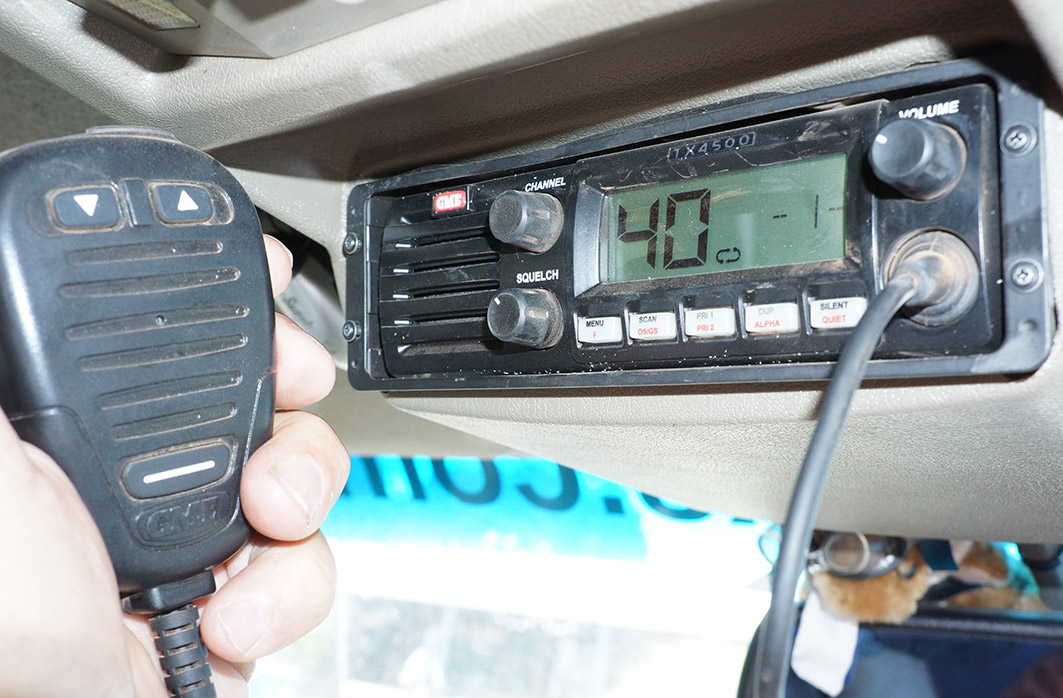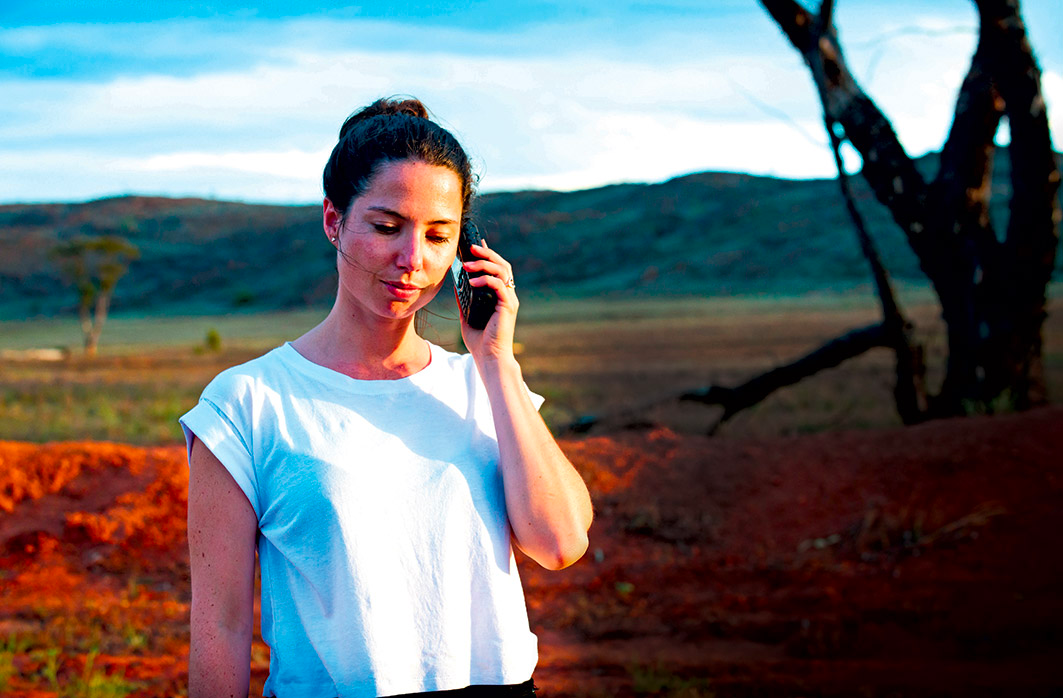Staying connected on the road
Communications are vitally important when you head into remote parts of Australia. It's never a good idea to rely solely on your mobile phone, as we all know they can be less than temperamental outside of city limits. Depending on your indented uses there are a number of different options that will allow you to do anything from text your family back home to calling in a full-scale rescue mission, but if you find yourself needing help halfway down the road to nowhere you'll be glad to have overdone it in the communications department.

CB Radios
UHF (Ultra High Frequency) radio is the standard for recreational vehicles and is a simple system for keeping in touch with others on the road. Users are not required to pay any licensing fees due to a class licensing system in Australia, but they are required to comply with regulations. Some channels are restricted by law (shown below in bold), anyone caught abusing these channels can face heavy penalties and even prison time.
In flat terrain you can expect a range of five to eight kilometres via a UHF radio. In hilly terrain it's less, but you can increase your range by heading to the top of a hill. Repeater channels use stationary antennas to retransmit to a greater distance, sometimes as great as 100 kilometres. These can be accessed on channels 1-8 and 41-48, and there will most likely be a 'duplex' button on your handset which will need to be pushed. All general chat channels are 'simplex', which transmit directly from radio to radio and are more or less line-of-sight.
Remember that all communications on UHF are public. Anyone within range can listen in and even join your conversations. While most users are polite and well-mannered, you may encounter the odd joker. Ultimately, UHF is a great way to keep in touch with nearby travellers and if things get out of hand it's an invaluable way to reach the outside world.
Specified Channels:
5 and 35 – Emergency use only (repeater channels)
1 to 8 – Repeater channels (output)
41 to 48 – Repeater channels (output)
31 to 38 – Repeater channels (input)
71 to 78 – Repeater channels (input)
10 – 4WD clubs or convoys and national parks
11 – Call channel (find a friend), once contact is made move to another channel
18 – Caravan and camper convoys
40 – Road safety channel Australia wide, used mainly by truckies and heavy vehicles
22 and 23 – Telemetry and telecommand, used for data only
29 – Road safety channel Pacific Highway and Pacific Motorway
61 to 63 – Reserved for future use
General chat channels: 9, 12-17, 19-21, 24-28, 30, 39, 49-60, 64-70, 79 and 80
 Sat Phones
Sat Phones
These are lighter and easier to use than radios. They’re quicker to set up and anyone who knows how to use a mobile can operate a sat phone. Sat phones use satellites to maintain a signal. They often don’t work in heavily vegetated areas with thick tree cover (particularly when it’s raining), or in deep gorges where access to the open sky is limited. It’s expensive to make calls, so are often used as emergency-only communications. But they’re often cheaper to buy than radio sets, and there’s a subsidy available for people who live or regularly work in remote areas.
If you want private conversations without a complicated system to negotiate, a sat phone is the go. There’s a great deal of difference between sat phone brands and networks. Some are good, some aren’t. On previous trips, we found an Iridium far exceeded a second brand we tested, so ask around before you buy if this is the way you’re going.
 Personal Locator Beacons
Personal Locator Beacons
Carrying an emergency beacon may be the only way to get emergency medical assistance if you are in a remote location without phone reception, and it’s much better to be safe than sorry.
There are three types of emergency beacon - EPIRB, ELT and PLB.
EPIRB – ‘Emergency Position-Indicating Radio Beacons’ are primarily used on boats, they are quite large and heavy.
ELT – ‘Emergency Location Transmitters’ are used on aircraft.
PLB – ‘Personal Locator Beacons’ are the smallest of the three types of emergency beacons, and these are what you want to use on land; 4WDing, biking, hiking and so on.
All emergency beacons will send out a signal on the same frequency, containing your GPS coordinates, which is picked up by the international satellite system for search and rescue. Your location is then relayed on to Australian Rescue Coordination Centre (RCC) in Canberra. The RCC will dispatch a rescue team, usually via helicopter, to your location.









0 comments